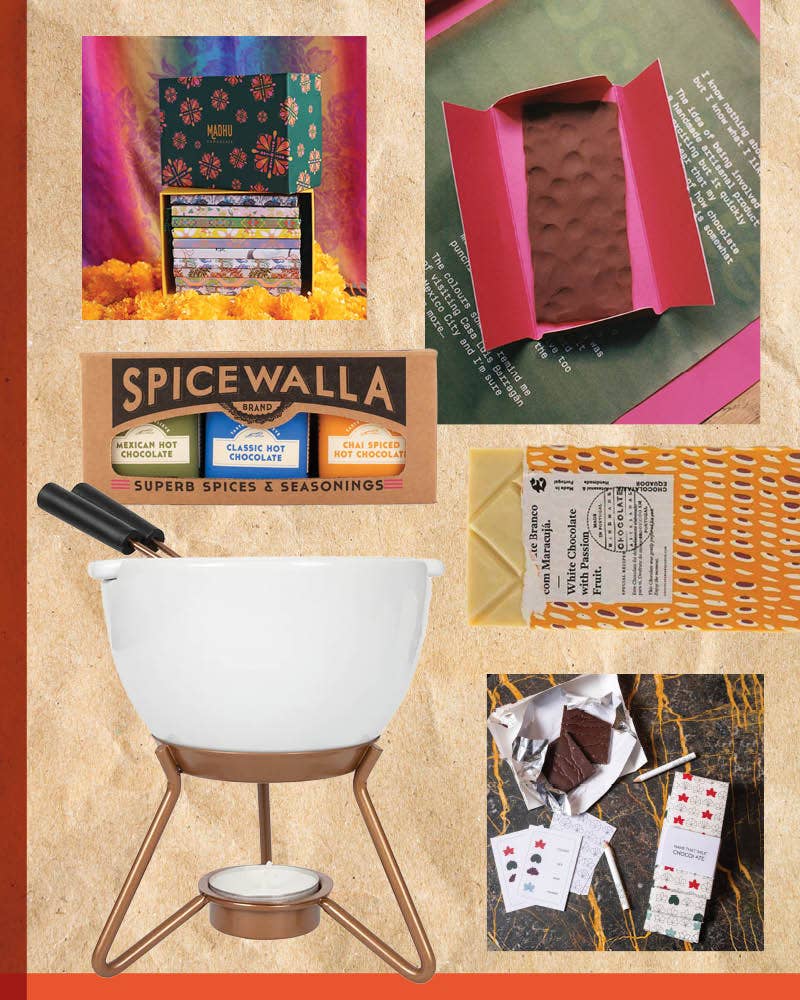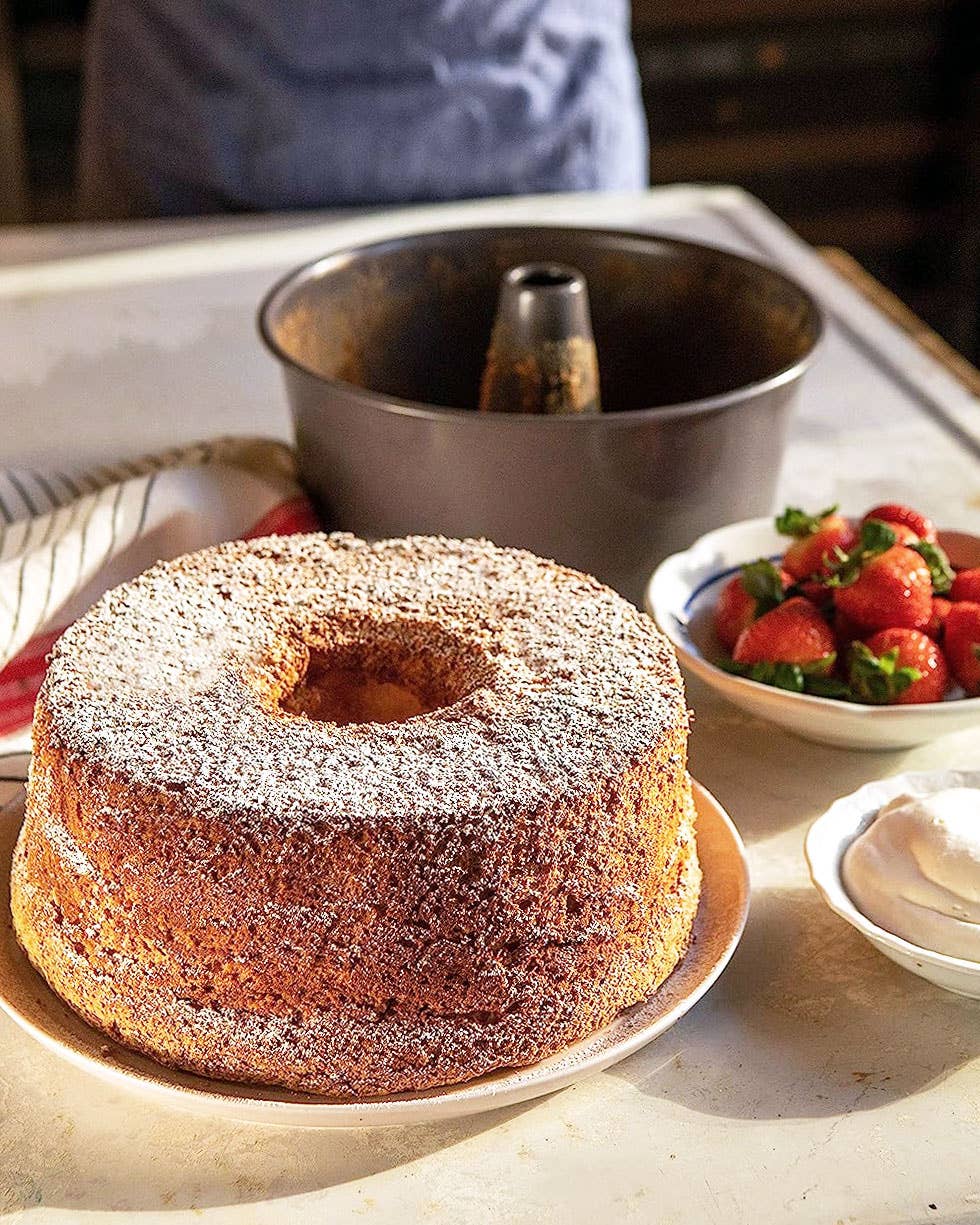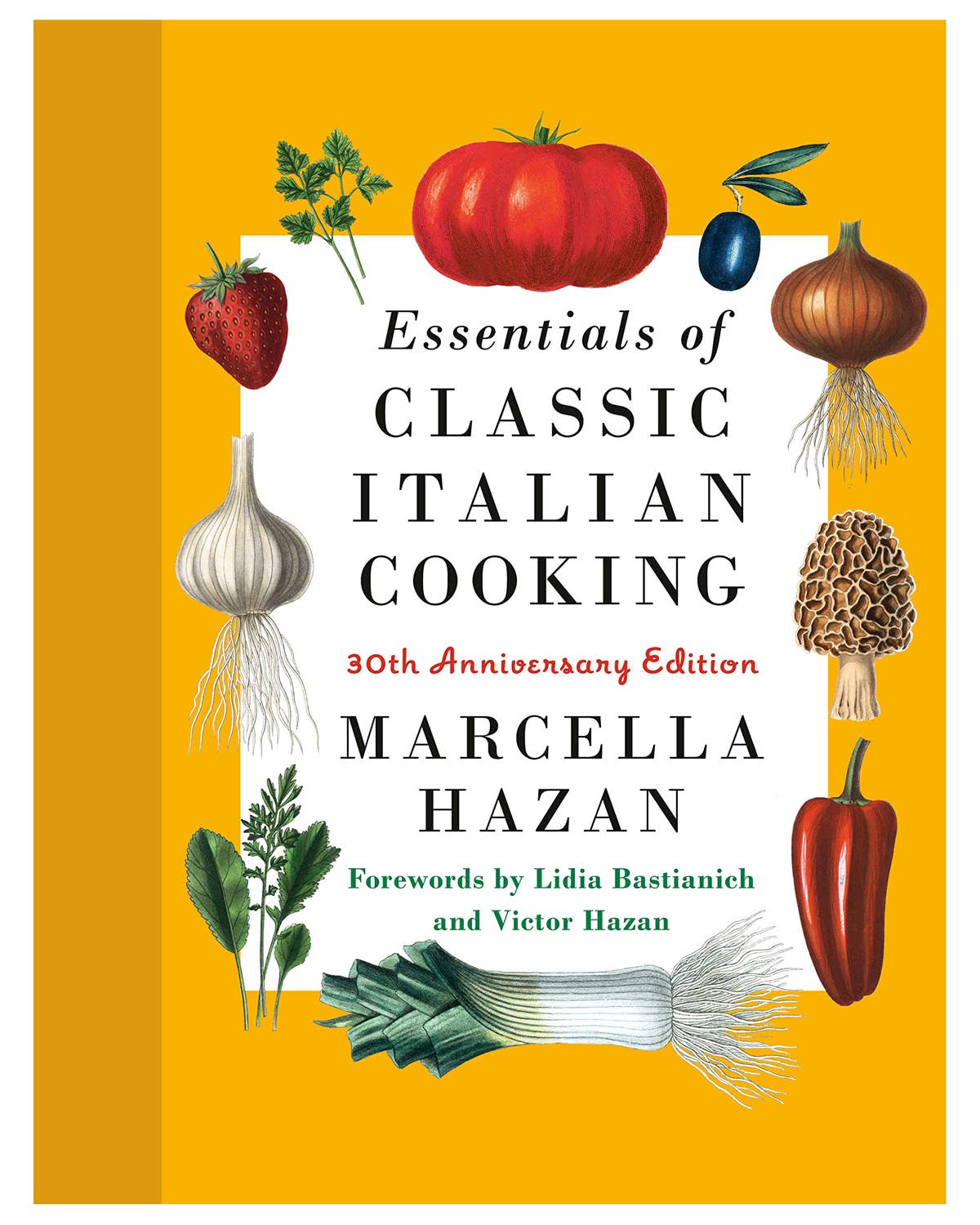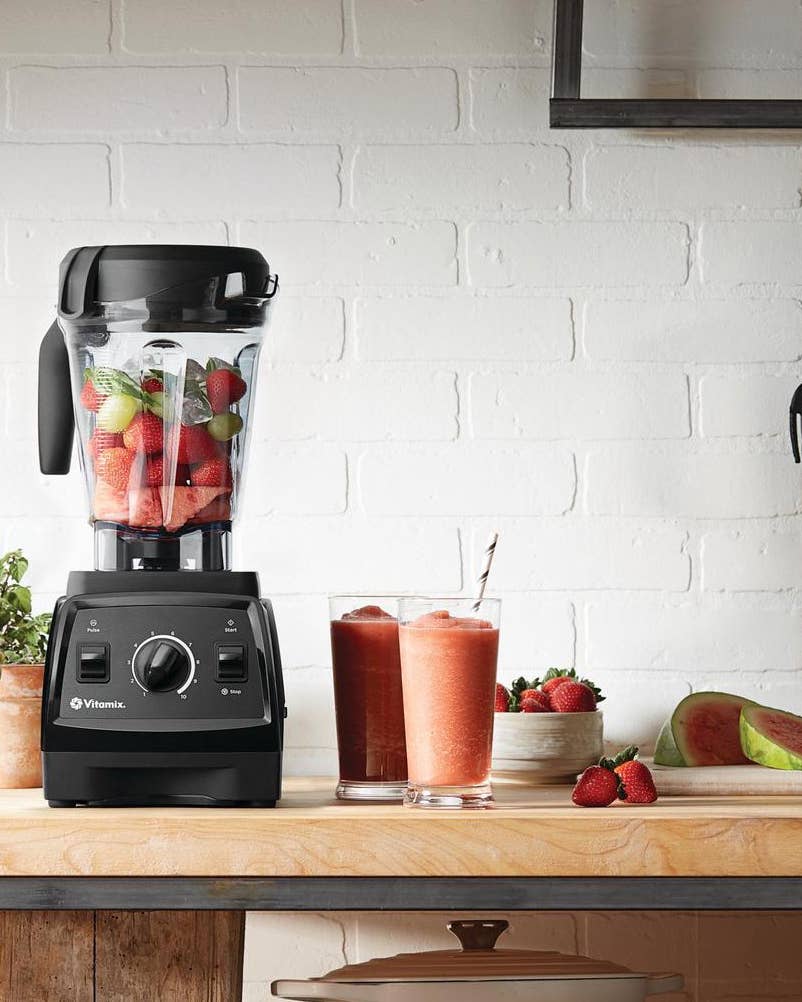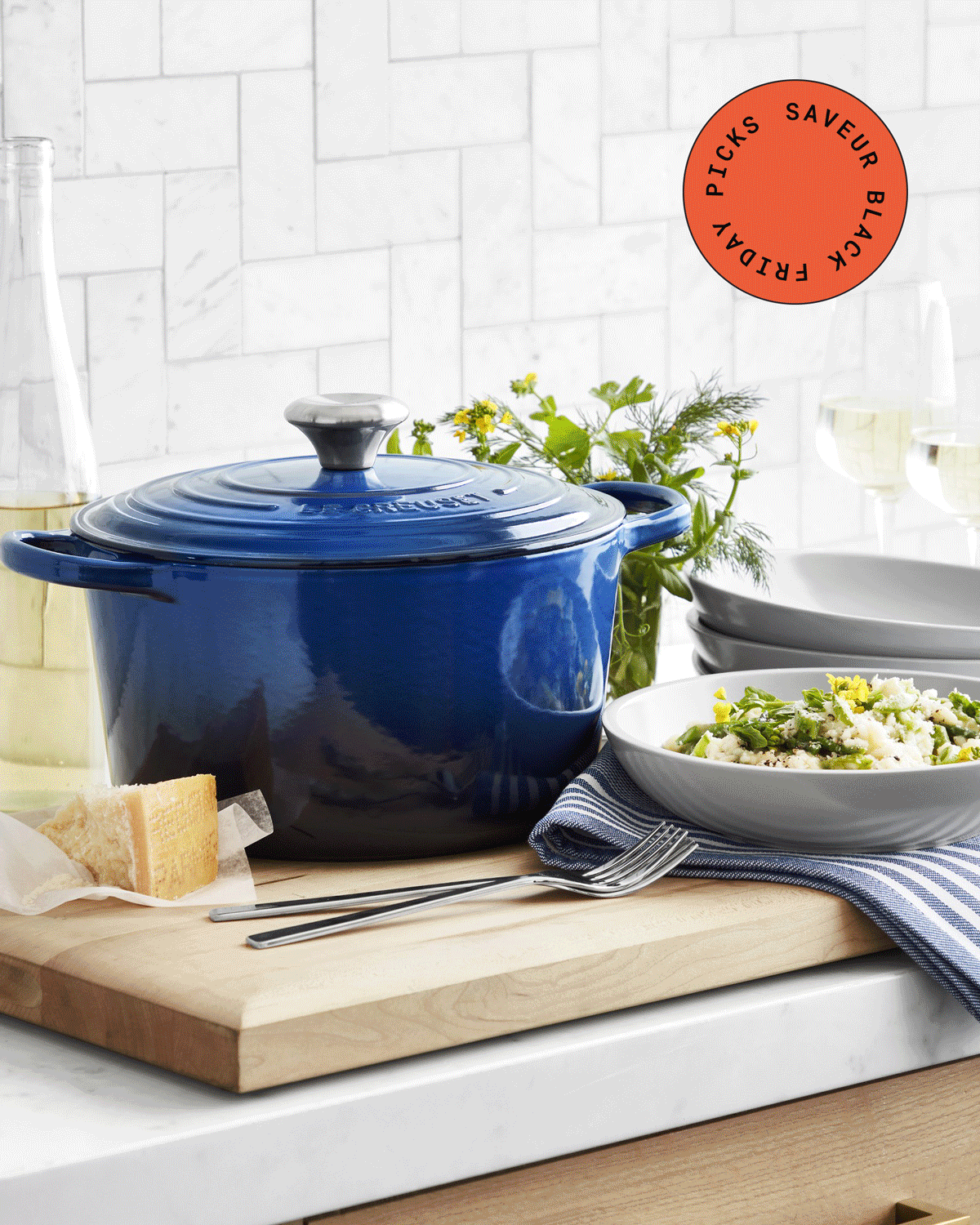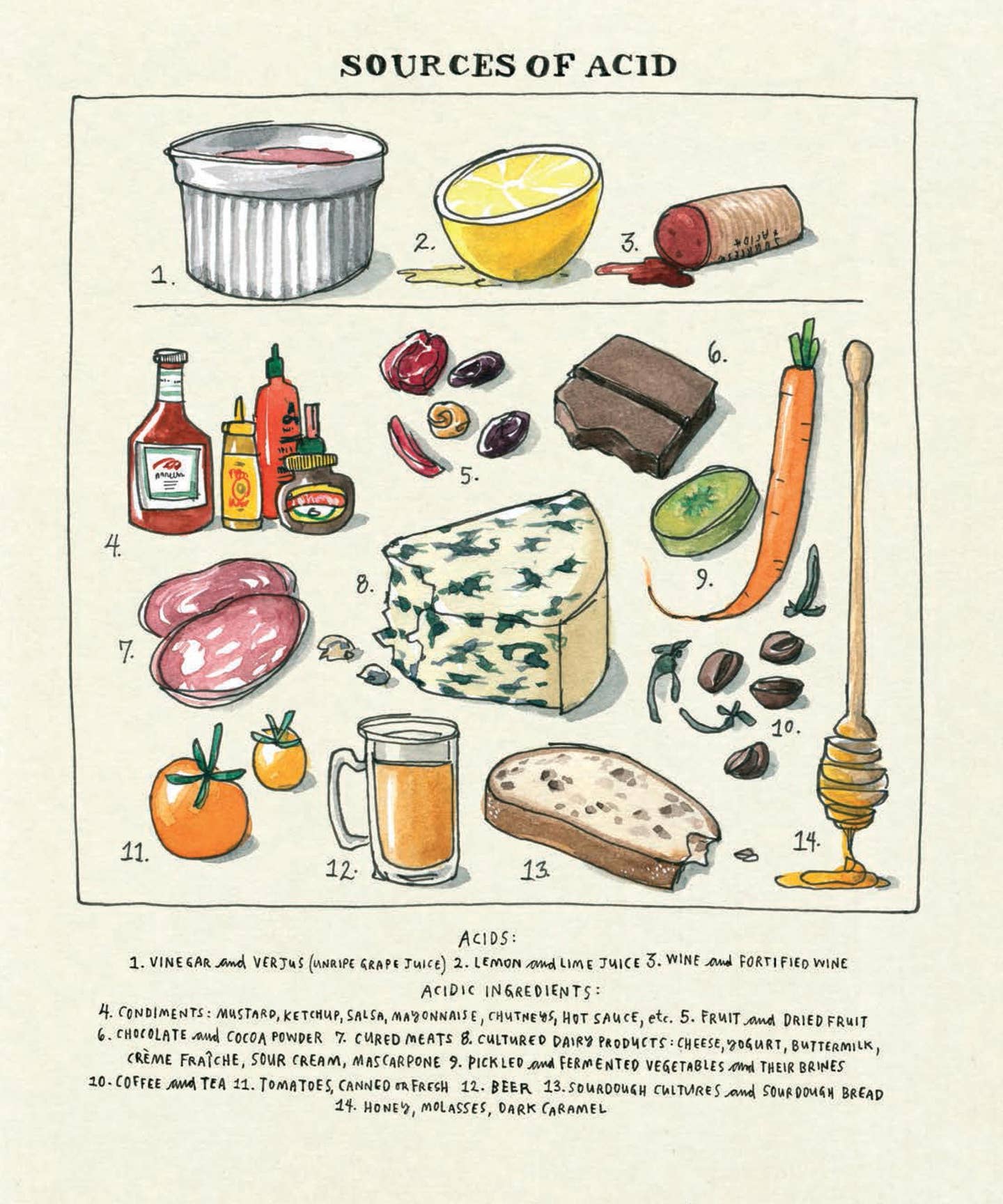
Samin Nosrat’s Salt Fat Acid Heat is a Reference Cookbook You’ll Actually Use
For our inaugural Cookbook Club review, Leslie Pariseau cooks through a new modern classic
Each month, our Cookbook Club digs deep into a cookbook and shares our progress online. Cook along with us and share your results—and questions—with #saveurcookbookclub. Have questions for Samin? Send them to webmaster@saveur.com with the subject ‘Cookbook Club’ and we’ll ask her to answer them in an exclusive feature later this month.
It would be easy to mistake Samin Nosrat's Salt Fat Acid Heat simply as a reference book. It is in the category of cooking reference, but it's also more than that. A former server turned cook at Chez Panisse, Nosrat's talent for elegantly and exuberantly articulating technique and the science behind it is rare. It's equally rare that the resulting book is actually useful and a pleasure to read.
The problem with most cookbooks in the reference category (How to Cook Everything, The Joy of Cooking) is that they too often manifest as thick, didactically written tomes, good for collecting dust high on the shelves once a home cook has mastered the basics. Then there's the internet, a more thorough reference than any book could hope to be. Though I own a shelf of reference books and another three stacked deep with single subject, hyper-niche, and international cookbooks, more often than not, I reach for my phone to compare and contrast recipes from all kinds of media.
Which is why the last decade has seen the general role of cookbooks shift from utilitarian reference to aspirational inspiration material, books to read and let linger on your coffee table—and eventually forget. But in a decade, your copy of Salt Fat Acid Heat may be dogeared, some pages flecked with oil, vinegar, and wine, but it will not have fallen victim to library dust bunnies, its cover faded with a decade of water rings. It has a sense of permanence.
As its title suggests, Salt Fat Acid Heat is broken into four elemental categories, each with the intention of teaching how these components work and how to harness them to make your food taste better. What's so attractive about this organization is Nosrat's choice to have had her book illustrated. Wendy MacNaughton, acclaimed illustrator and author, breathes life into this teaching method, underscoring Nosrat's quirky enthusiasm and bright language.
Behind the artwork of the year's most anticipated cookbook
The Illustrated Art of Salt Fat Acid Heat
The very ordinary-ness of salt, fat, acid, and heat becomes extraordinary with the addition of MacNaughton's richly watercolored flavor wheels, charts, and delightful instructionals (see: how to peel a beet). Her ability to fold Nosrat's precise explanations into odd little visuals like "Vegetables: How and When" (page 268), which specifies the various shades of green that green vegetables take on when blanched versus roasted versus grilled, give the book an unexpected tactility.
Illustrations are analogue when deployed in magazines like Cooks Illustrated or Mark Bittman's books, but here they feel like the inverse; they add a peep hole through which to observe cooking differently. Flipping through what could have been a straightforward, practically photographed book is transformed into an experience something like culinary synesthesia.
While cooking through, I chose recipes all along the spectrum of difficulty including things I make on a weekly basis to see how a tweak of technique or ingredient ratio might work. For instance, red wine vinaigrette—an elemental tool in any cook's repertoire. There's nothing special about Nosrat's recipes—it's just red wine vinegar, shallot, olive oil, salt, and pepper. But where I might have skipped shallot or added mustard, this simple formula was clean and to-the-point, and also riffable. In many recipes there are variation footnotes suggesting to add a little of this or that for a slightly different result.
On chilly Sundays, I roast a chicken and make stock. Salt Fat Acid Heat is full of ways to cut, cook, and deploy a full chicken. There's a spread dedicated to breaking down a chicken. There's a clever section titled "Thirteen Ways of Looking at a Chicken" (referencing a poem by Wallace Stevens) that includes spatchcocked chicken (in which a chicken's backbone is removed so it can be flattened on a heated surface), fried chicken, chicken pot pie, chicken confit, and chicken and garlic soup. I made the latter using Nosrat's chicken stock recipe.
I've been making stock for years the same way: dump a bunch of chicken bones, veggie ends, dry onions, and seasonings into a pot, cover it with water, and boil for a few hours. This is not incorrect, but it's also not the best it could be. Nosrat explicitly states that one should not boil a stock, lest it become emulsified and cloudy tasting. A stock—over the course of six to eight hours—should only gently simmer to maintain clarity. By the time my stock was finished and eventually transformed into a highly garlicky spring soup, I felt like the goddamned Midwestern housewife my parents probably wish I was.
I made a few of Nosrat's salads—a nice cabbage slaw and asparagus with feta and mint—and both were perfectly nice. Not mindblowing, but very good bases on which less experienced salad makers can begin to understand why certain flavors work well together and how vegetables require a little special treatment (i.e. peeling stalks and lightly pickling onions) to become better versions of themselves.
On the more complex end of things, I decided to make a cake I'd tasted earlier this year at Chez Panisse—a deep, dark, spicy ginger-molasses cake served with thick vanilla whipped cream. I am a baker, but I am not a cake maker. I don't like making cakes—they stick, they fall apart, they taste like cake, etc. But this dense, not-too-sweet cake felt worth the effort and potential failure. And it 80 percent was. It did stick (probably my fault) and it was really molasses-y, even after I cut the molasses down from 1 cup to 3/4 cup. But it was good; not as good as Chez Panisse's, but good for home.
And that's really the lesson of this book. While rounding out one's repertoire with all the basics and options for beyond, each recipe is the best version for the purpose of cooking at home wrapped in language that will welcome in all levels of cooks across generations for decades—and perhaps the next century—to come.
Each month, our Cookbook Club digs deep into a cookbook and shares our progress online. Cook along with us and share your results—and questions—with #saveurcookbookclub. Have questions for Samin? Send them to webmaster@saveur.com with the subject ‘Cookbook Club’ and we’ll ask her to answer them in an exclusive feature later this month.
Keep Reading
Continue to Next Story





